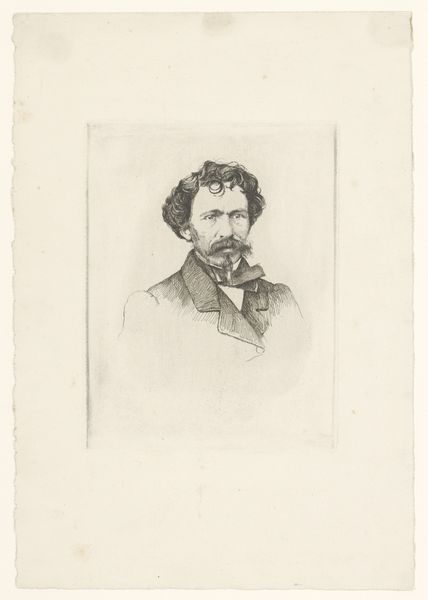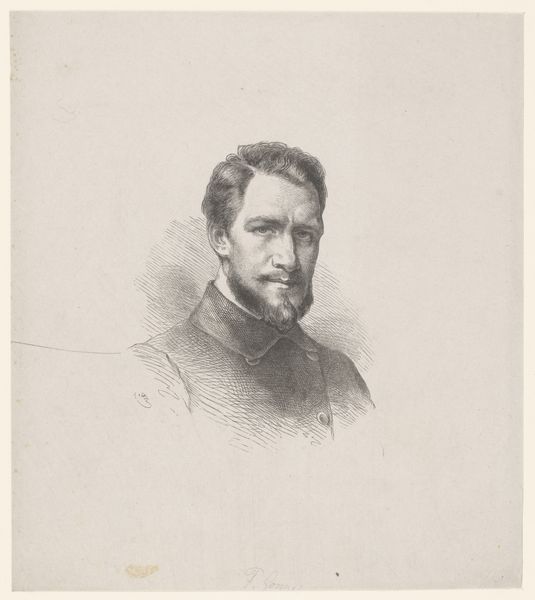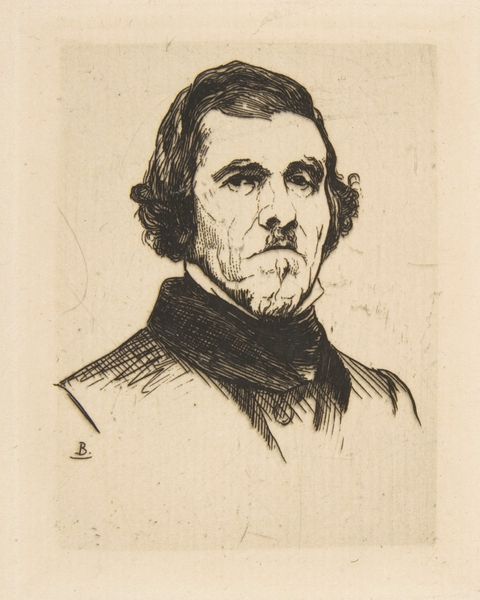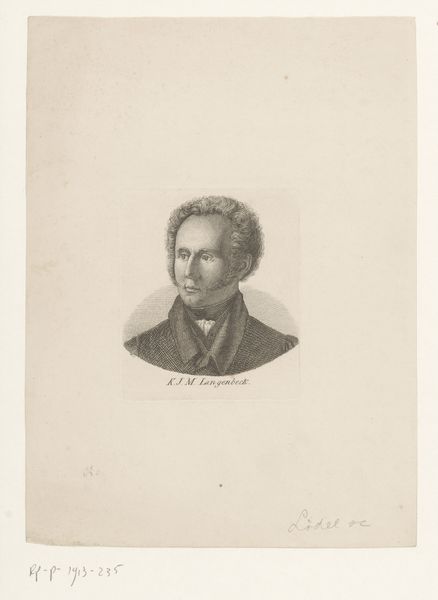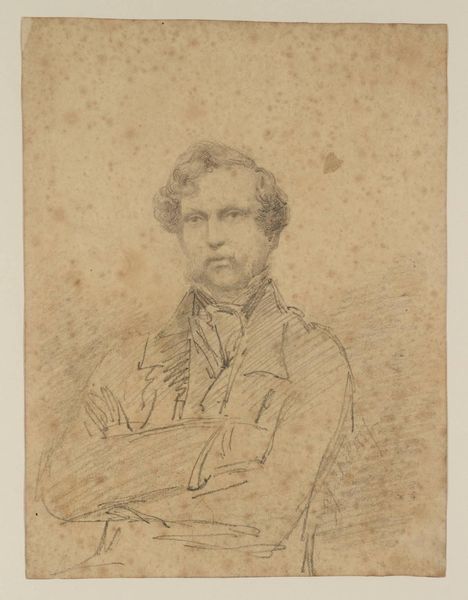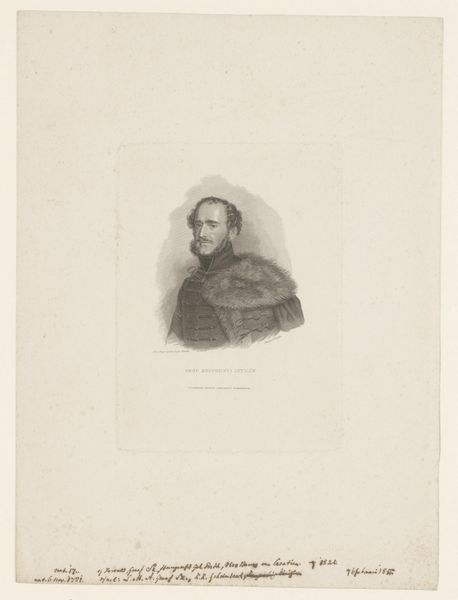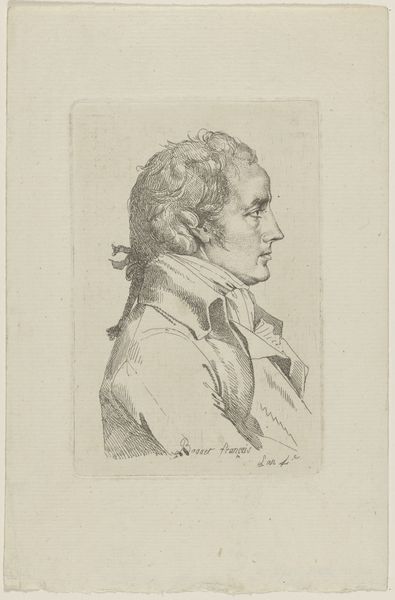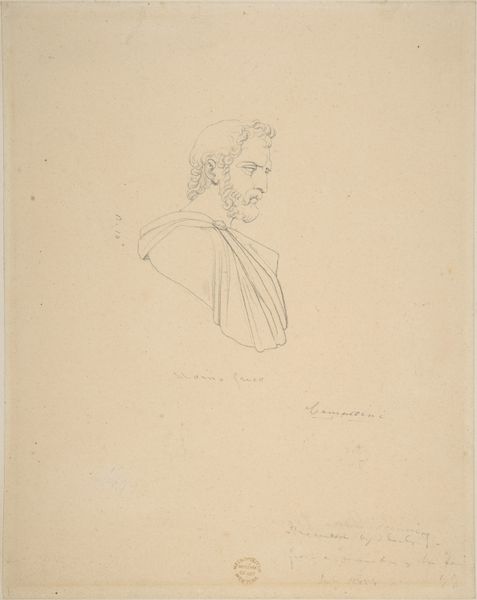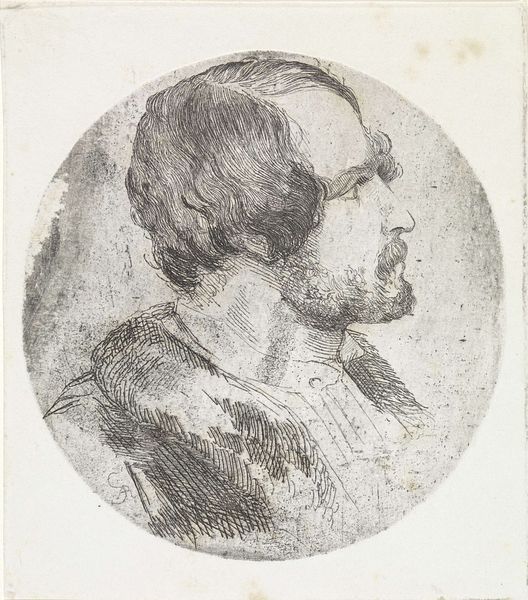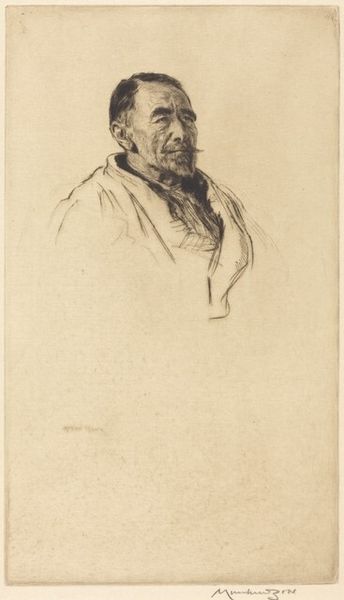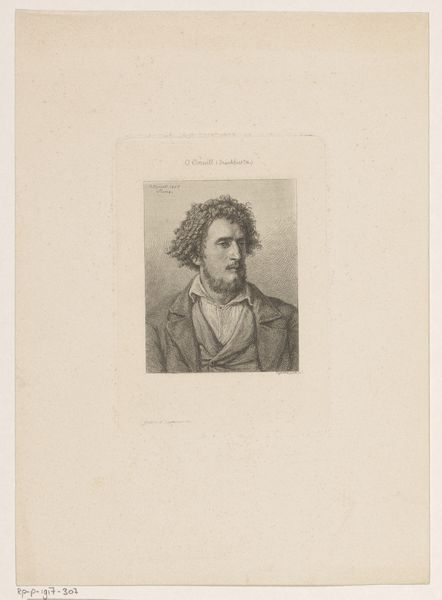
drawing, print, etching, paper
#
portrait
#
drawing
#
baroque
# print
#
etching
#
figuration
#
paper
#
line
#
portrait drawing
Dimensions: 241 × 155 mm (image/plate); 256 × 169 mm (sheet)
Copyright: Public Domain
Editor: This is Anthony van Dyck’s etching, "Philippe Le Roy," created sometime between 1630 and 1640. It's a striking portrait, isn't it? I'm drawn to the detail achieved with what looks like such delicate, spare lines. What are your thoughts on van Dyck’s approach to composition here? Curator: Van Dyck’s strategic employment of line is key. Note how he modulates the density and direction of hatching to model form and create a sense of depth, particularly around the face and collar. This isn't merely representation; it’s a calculated orchestration of graphic elements. Observe also the significant expanse of untouched paper; this negative space focuses our attention. Editor: It seems the technique really defines the piece, perhaps even more than the subject. Is the subject secondary to Van Dyck's artistry? Curator: The interplay is crucial. Van Dyck uses the inherent qualities of etching – its linearity, its capacity for detail – to not only depict Philippe Le Roy, but to convey a sense of the sitter's character and social standing through formal means. The fineness of line reflects elegance. Ask yourself, would the portrait convey the same ideas of aristocracy if it were rendered using broader strokes? Editor: I see. So the "how" influences the "what." The execution is inextricably linked to the interpretation. Curator: Precisely. And furthermore, the very *absence* of certain textures or tones contributes to the overall aesthetic effect. Editor: This focus on technique gives me a fresh appreciation for Van Dyck's vision. It really illuminates how the materials and process shape meaning. Curator: Indeed, understanding the formal qualities deepens our understanding of the artist's intent and the work's significance.
Comments
No comments
Be the first to comment and join the conversation on the ultimate creative platform.
